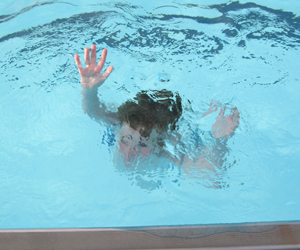Recognise an Emergency Situation
Emergencies can happen to anyone anywhere. You may realise that an emergency has occurred through unusual noises, sights, odors, appearances or behaviours
An emergency is a situation that poses an immediate risk to health, life, property, or environment. Most emergencies require urgent intervention to prevent a worsening of the situation, although in some situations, mitigation may not be possible and agencies may only be able to offer palliative care for the aftermath.
Dangers to life
 Many emergencies cause an immediate danger to the life of people involved. This can range from emergencies affecting a single person, such as the entire range of medical emergencies including heart attacks, strokes, and trauma, to incidents that affect large numbers of people such as natural disasters including tornadoes, hurricanes, floods, and mudslides.
Many emergencies cause an immediate danger to the life of people involved. This can range from emergencies affecting a single person, such as the entire range of medical emergencies including heart attacks, strokes, and trauma, to incidents that affect large numbers of people such as natural disasters including tornadoes, hurricanes, floods, and mudslides.
Most agencies consider these the highest priority emergency, which follows the general school of thought that nothing is more important than human life.
Dangers to health
Some emergencies are not immediately threatening to life, but might have serious implications for the continued health and well-being of a person or persons (though a health emergency can subsequently escalate to life threatening).
The causes of a 'health' emergency are often very similar to the causes of an emergency threatening to life, which includes medical emergencies and natural disasters, although the range of incidents that can be categorised here is far greater than those that cause a danger to life (such as broken limbs, which do not usually cause death, but immediate intervention is required if the person is to recover properly).